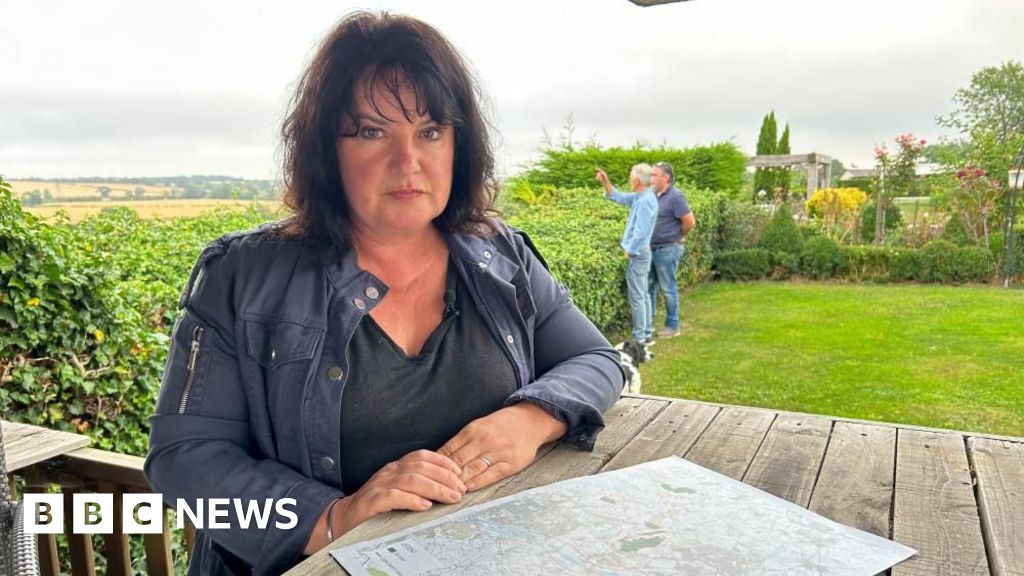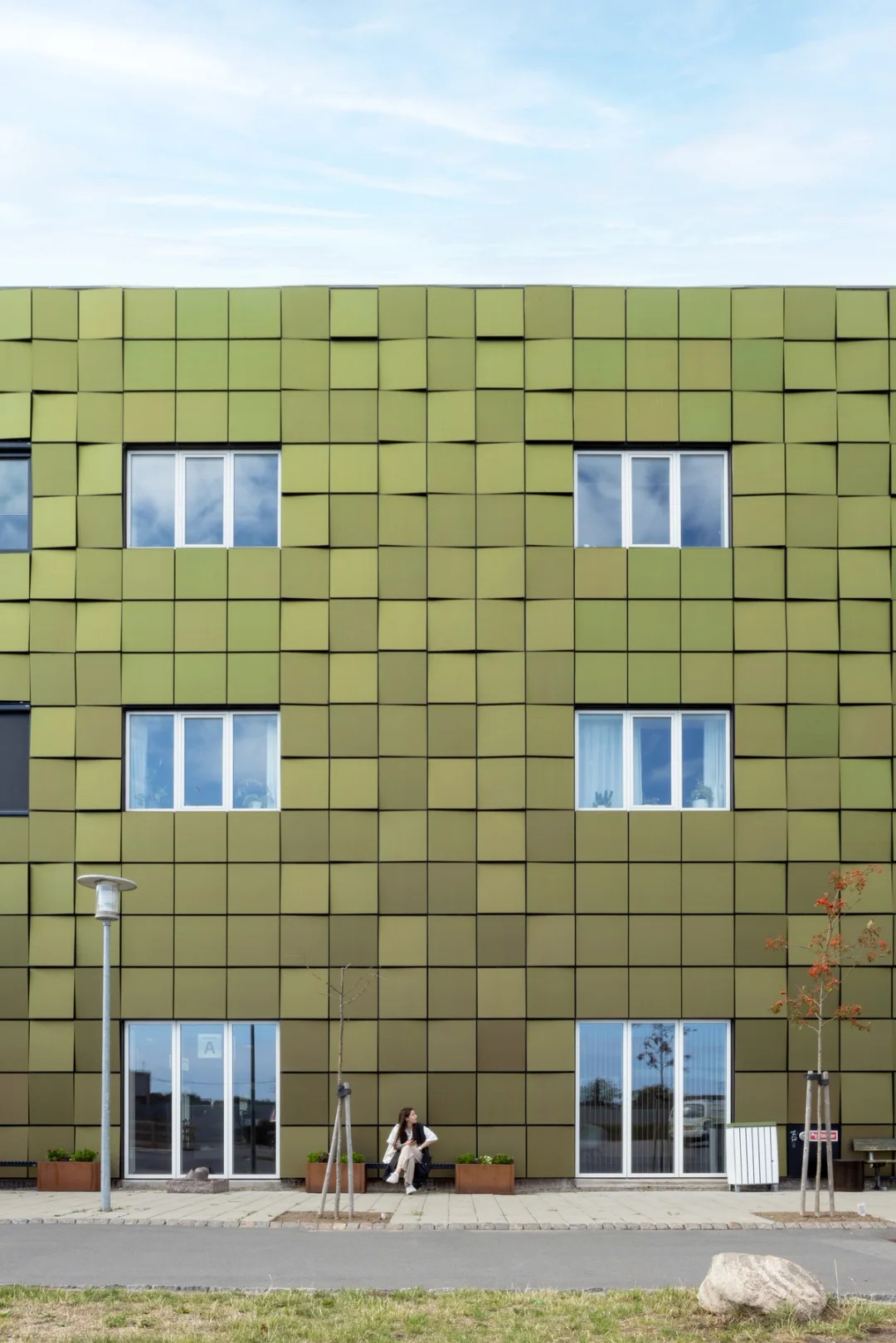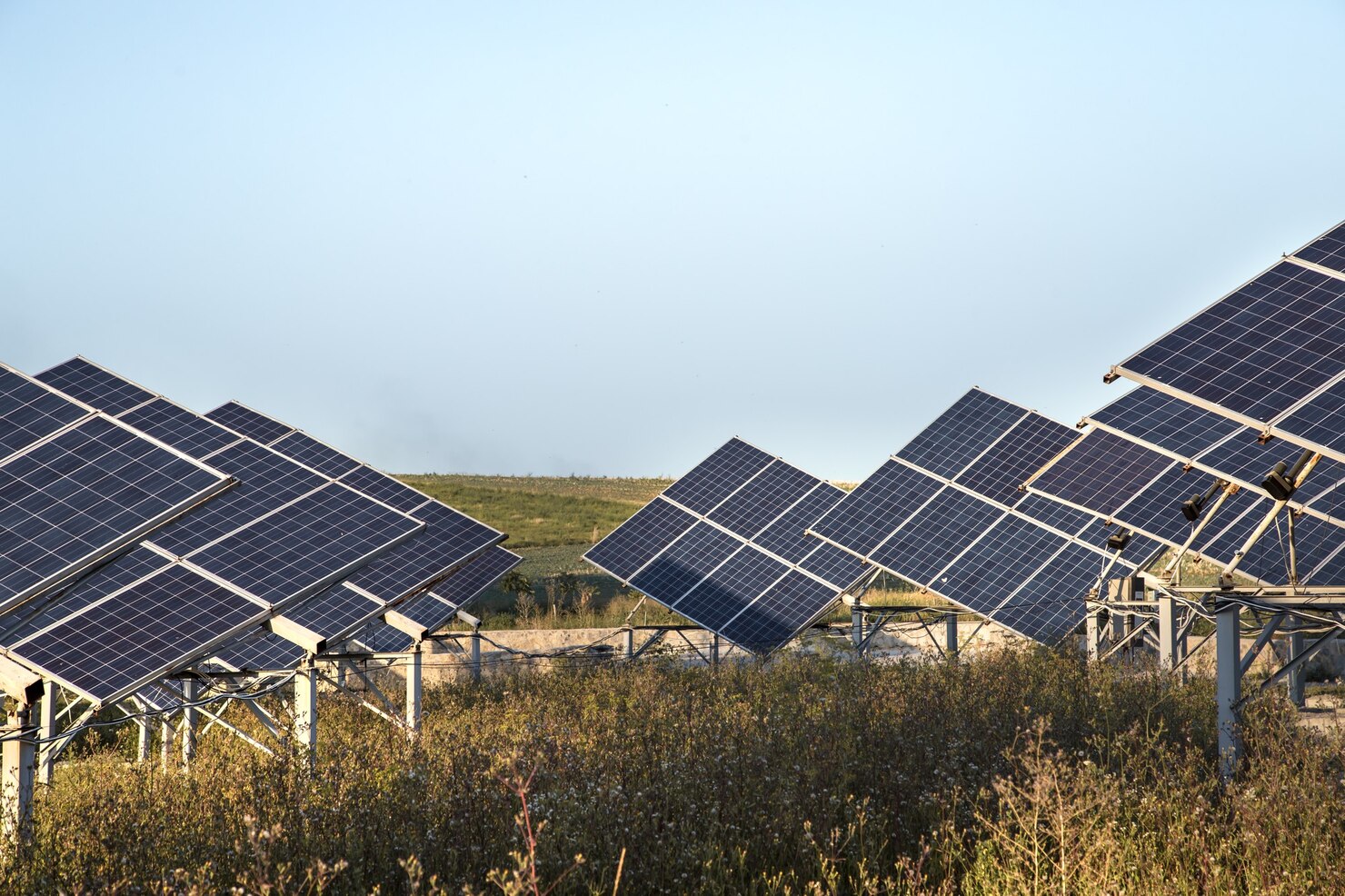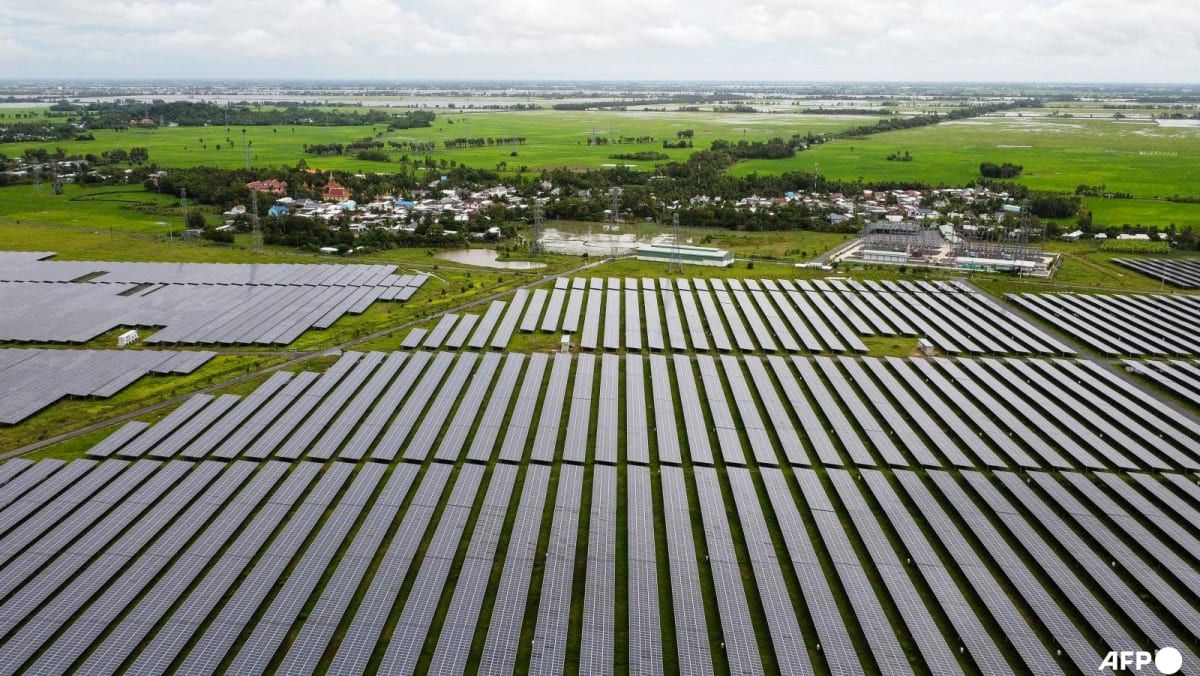Introduction
As Island Green Power proposes a 500 MW solar farm across eight sites between Lavendon, Buckinghamshire, and Mears Ashby, Northamptonshire, local residents express concerns. The project aims to power 115,000 homes but faces opposition due to its potential impact on rural landscapes and community life.
Community Response
Residents near the proposed sites argue that while they support renewable energy, the choice of location—productive agricultural land—could devastate local ecosystems and visual landscapes. The “Stop Green Hill Solar” group, spearheaded by Juliet Jarvis from Grendon, advocates for alternative placements such as warehouse roofs which could provide ample space without encroaching on agricultural or scenic areas.
Potential Impact on Rural Life
Trevor Higgs, a local footpath warden, highlighted that the installation could obstruct views along popular walking trails, diminishing the natural beauty accessible to the community. Similarly, Nick Frampton from Mears Ashby voiced concerns about the construction phase disrupting village tranquility with increased traffic and noise.
Company’s Stance and Future Steps
Island Green Power emphasizes the critical role of the Green Hill project in enhancing the UK’s energy security and transitioning to sustainable energy sources. The company is actively engaging with local authorities and communities to address concerns and refine their plans. Pending planning approval, construction is slated to begin in 2027, with operational activities expected to commence by 2029.
Conclusion
The debate underscores a broader discussion on the balance between renewable energy development and preserving the rural character and environmental integrity. Both sides are urged to participate in ongoing consultations to reach a mutually beneficial resolution.
Source: bbc.com





